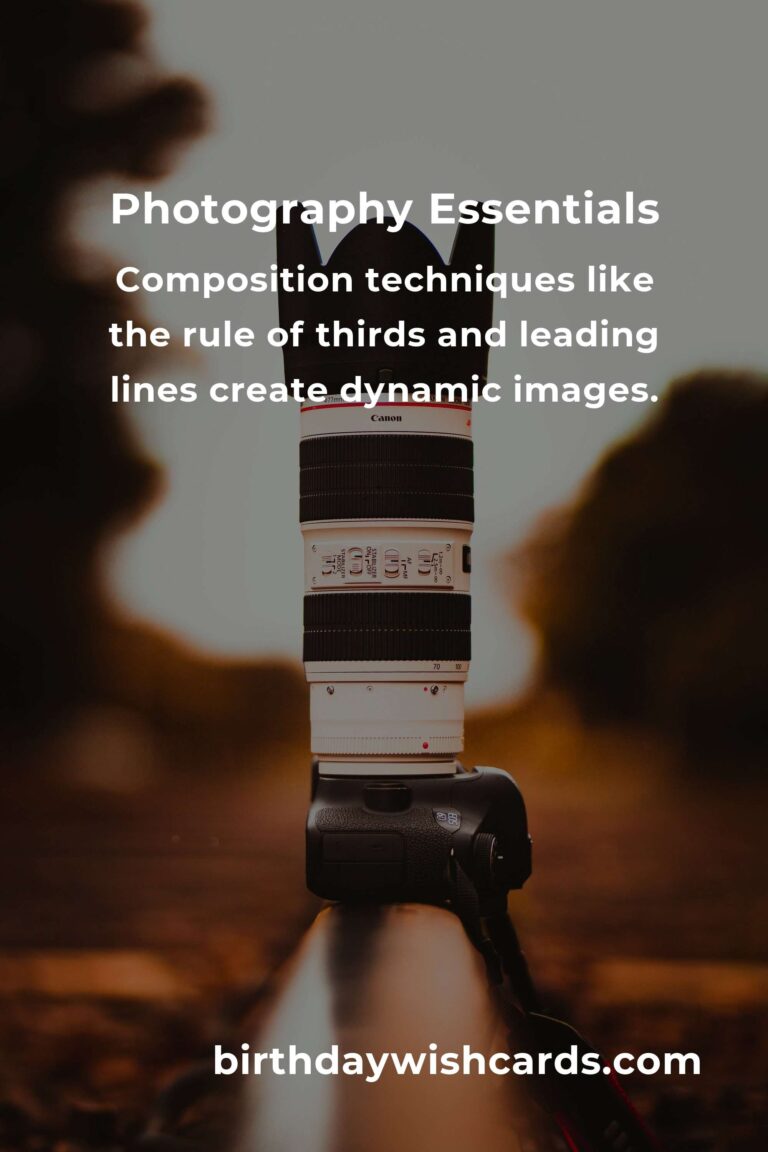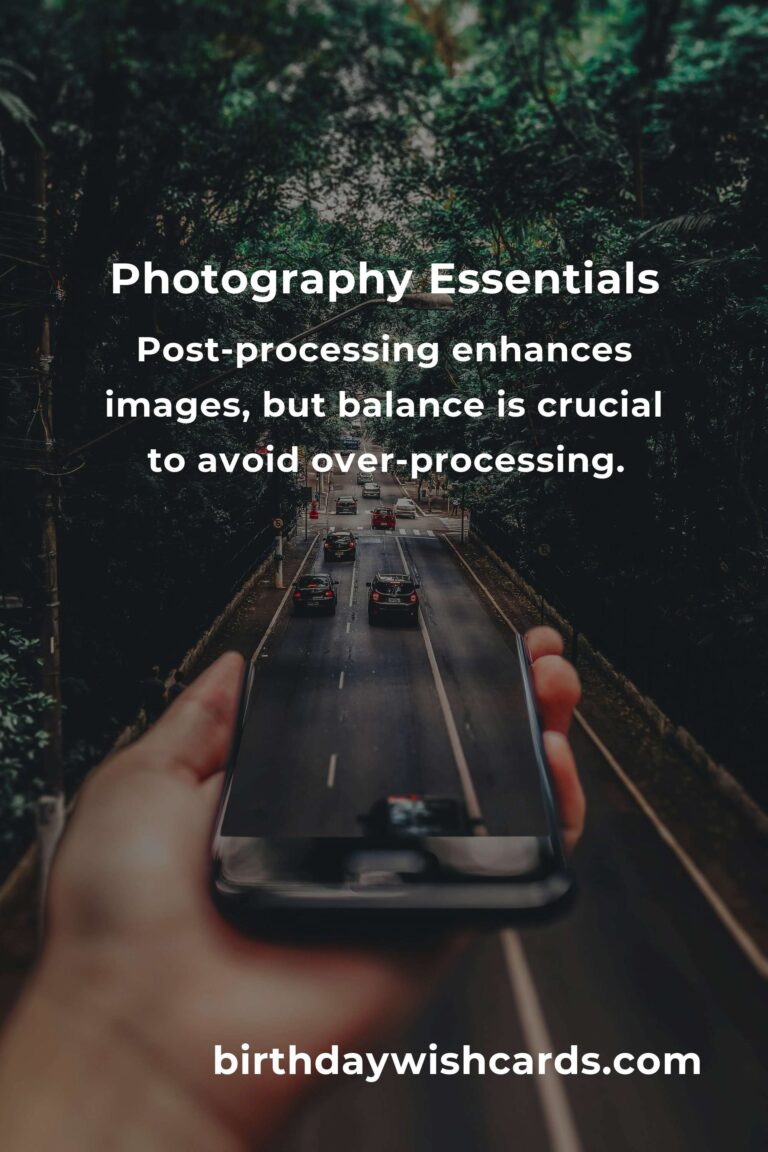
Photography is an art form that requires both technical skills and creative vision. Whether you are a beginner or a seasoned photographer, understanding the fundamentals is crucial for capturing stunning images. In this comprehensive guide, we will explore the essential aspects of photography, from camera settings to composition techniques, that will elevate your photography skills to the next level.
Understanding Your Camera
The first step to mastering photography is to become familiar with your camera. Whether you are using a DSLR, mirrorless camera, or a smartphone, understanding its features and functions is key. Start by reading the manual and experimenting with different settings to see how they affect your images.
The Exposure Triangle
One of the most important concepts in photography is the exposure triangle, which consists of three elements: aperture, shutter speed, and ISO. These settings work together to control the amount of light that reaches your camera’s sensor, impacting the exposure of your images.
Aperture: This refers to the size of the lens opening through which light enters. A larger aperture (smaller f-number) allows more light to enter, creating a shallow depth of field that blurs the background. A smaller aperture (larger f-number) increases the depth of field, keeping more of the scene in focus.
Shutter Speed: This determines how long the camera’s shutter remains open to capture light. A fast shutter speed freezes motion, while a slow shutter speed creates motion blur, which can be used creatively.
ISO: This setting controls the camera’s sensitivity to light. A lower ISO is ideal for bright conditions, while a higher ISO is useful in low-light situations. However, increasing the ISO can introduce noise or grain into your images.
Composition Techniques
Composition is the arrangement of elements within a photograph. Good composition draws the viewer’s eye to the subject and creates a balanced, harmonious image. Here are some key composition techniques to consider:
Rule of Thirds: Divide your image into a 3×3 grid and position the subject along these lines or intersections. This technique creates a more dynamic and interesting composition.
Leading Lines: Use natural lines within the scene, such as roads, rivers, or fences, to lead the viewer’s eye towards the main subject.
Framing: Use elements within the scene to frame the subject, drawing attention to it while adding depth to the image.
Lighting in Photography
Lighting is a crucial element in photography, affecting the mood, tone, and overall quality of your images. Natural lighting can be unpredictable, so it’s important to understand how to work with different lighting conditions.
Golden Hour: This is the time shortly after sunrise or before sunset when the light is soft and warm, creating beautiful, flattering images.
Backlighting: Positioning your subject with the light source behind them can create dramatic silhouettes and add depth to your images.
Understanding how to manipulate light and shadows will help you create more compelling photographs.
Post-Processing
Post-processing is the final step in creating a polished photograph. Software like Adobe Lightroom and Photoshop allows photographers to enhance their images, adjust exposure, correct colors, and apply filters.
While editing can greatly improve your photos, it’s important to maintain a balance and avoid over-processing, which can make images look artificial.
Conclusion
Mastering the fundamentals of photography is essential for anyone looking to improve their skills and capture stunning images. By understanding your camera, mastering the exposure triangle, applying effective composition techniques, working with lighting, and refining your post-processing skills, you can elevate your photography to new heights. Remember, practice is key, so keep experimenting and learning to develop your unique photographic style.
Photography is an art form that requires both technical skills and creative vision. The exposure triangle consists of aperture, shutter speed, and ISO, which control the light reaching the camera’s sensor. Composition techniques like the rule of thirds and leading lines create dynamic images. Lighting affects the mood, tone, and quality of photographs, with golden hour being a particularly favorable time. Post-processing enhances images, but balance is crucial to avoid over-processing.
#Photography #Camera #Exposure #Composition #Lighting #PostProcessing













